container herb gardening....
essenceofeclectic
15 years ago
Related Stories
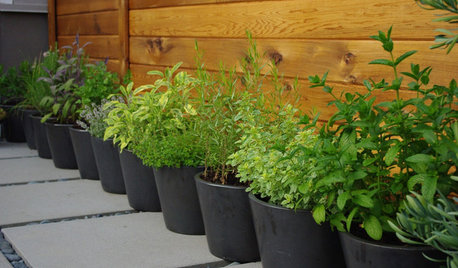
GARDENING GUIDES4 Herb Container Gardens for Fabulous Global Cuisine
Tingle your taste buds with the unbeatable taste of fresh herbs in your Italian, Asian, Mexican or French fare
Full Story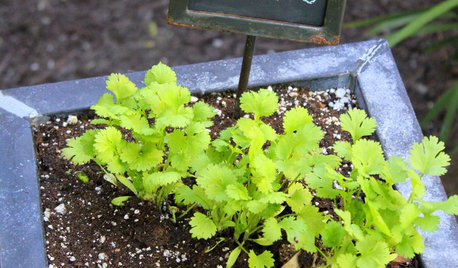
GARDENING GUIDESHerb Garden Essentials: Versatile Cilantro Adds Flavor to Herb Gardens
Love it or hate it, this cool-season herb contributes its unique flavor to any number or the world’s cuisines
Full Story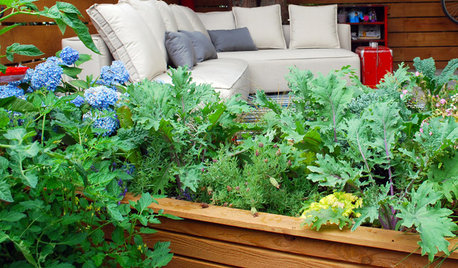
GARDENING GUIDESStep Right Outside for Fresh Herbs and Vegetables
Decks and patios can be convenient spots for edibles, and sometimes they even offer advantages over backyard gardens
Full Story
EDIBLE GARDENS8 Surefire Vegetables and Herbs for Beginning Gardeners
Learn the edible plants that are popular and easy to grow in a backyard or container garden
Full Story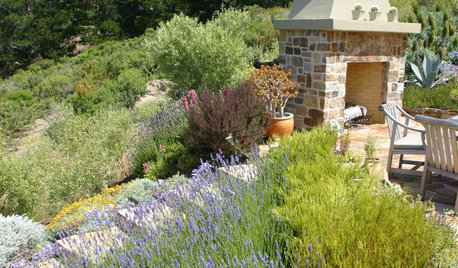
GARDENING AND LANDSCAPINGEasy Herbs for Every Space
Resilient and forgiving, herbs like mint, thyme and rosemary are simple to grow and look great in both containers and landscape designs
Full Story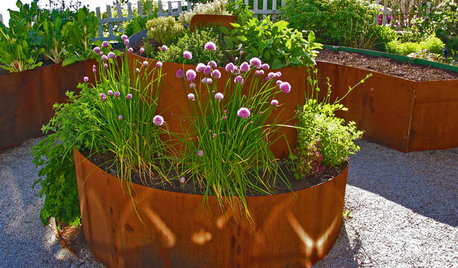
URBAN GARDENSContainers Make Growing Edibles a Cinch
If life hands you a lack of land, grow lemons — with a few basics, you can proudly reap the fruits, veggies and herbs of your labor
Full Story
CONTAINER GARDENS8 Easy Container Plants to Grow From Seed
Get beautiful blooms and herbs in summer by starting these choice garden picks from seed in spring
Full Story
FARM YOUR YARD10 Easy Edibles to Grow in Containers
These herbs, vegetables and fruits are just as happy in a pot as they are in the ground
Full Story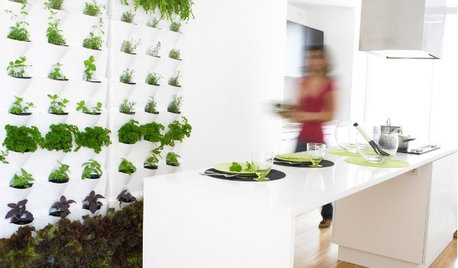
Guest Picks: Herb Gardens for Small Kitchens and Gardens
Up the wall, easily portable or beautifully decorative, these solutions help even the smallest kitchens and balconies get growing
Full Story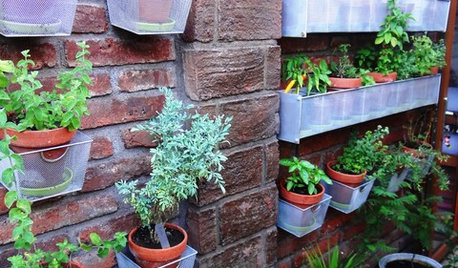
GARDENING GUIDES9 Fresh Herbs for Crowd-Pleasing Thanksgiving Dishes
Pluck these herbs from a windowsill pot or a garden for a Thanksgiving meal that sings with fresh flavor
Full Story









fatamorgana2121
essenceofeclecticOriginal Author
Related Professionals
Mountain Brook Landscape Architects & Landscape Designers · Simi Valley Landscape Architects & Landscape Designers · San Juan Landscape Architects & Landscape Designers · Centereach Landscape Contractors · Dinuba Landscape Contractors · Kaneohe Landscape Contractors · Pine Hills Landscape Contractors · Secaucus Landscape Contractors · Merrifield Landscape Contractors · Landover Outdoor Lighting & Audio Visual Systems · Little Rock Roofing & Gutters · Sebring Roofing & Gutters · North Hollywood Roofing & Gutters · West University Place Roofing & Gutters · Channahon Roofing & Guttersfatamorgana2121
essenceofeclecticOriginal Author
ksrogers
fatamorgana2121
eibren